オオバギボウシは林内の陽だまりなどで、嫋やかに傾いだ花茎の先端で花のような苞を解きながら、紡錘形の花蕾と釣鐘形の花が連なります。
Hosta sieboldiana grows naturally in sunny spots in forests, and at the tip of the flower stalk, the flower-like bracts unfold, forming a series of spindle-shaped flower buds and bell-shaped flowers.
【仮名】オオバギボウシ, ギボウシ(オオバギボウシ)
【和名】大葉擬宝珠, 擬宝珠(大葉擬宝珠)
【英名】Hosta sieboldiana, Hosta (Hosta sieboldiana), Plantain Lily (Hosta sieboldiana)
【学名】Hosta sieboldiana
【誕生】07/ 09, 07/ 17
【開花】06, 07, 08月
【花色】White, Violet
オオバギボウシ
オオバギボウシの概要

オオバギボウシはクサスギカズラ科ギボウシ属の多年草です。原産地は東アジアで、日本では北海道から本州の中部地方まで分布。林内の陽だまりなどで、嫋やかに傾いだ花茎の先端で花のような苞を解きながら、紡錘形の花蕾と釣鐘形の花が連なります。花言葉は「静かな愛」など。
オオバギボウシの名前
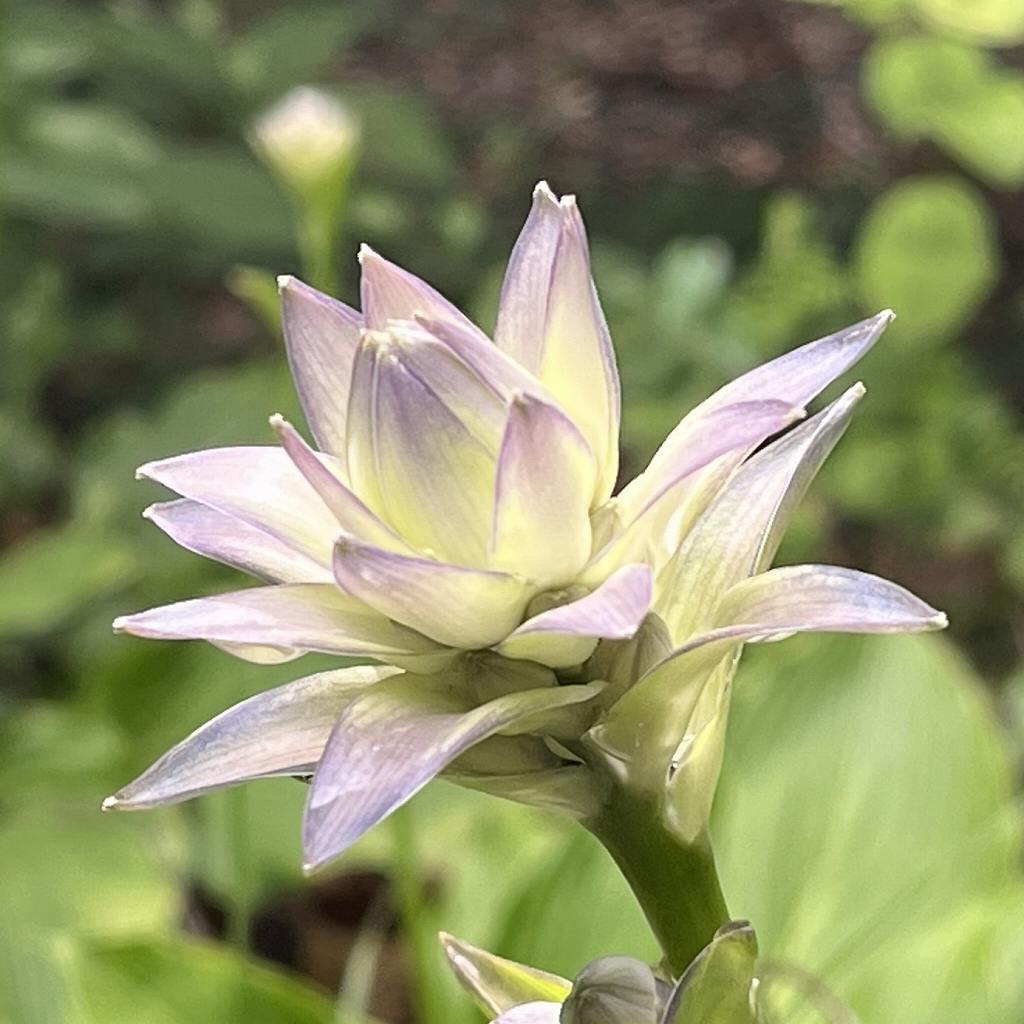
オオバギボウシの名前の由来は、葉の大きな「擬宝珠」です。擬宝珠は伝統的な装飾造形で、花蕾が似ているから。ラテン語の属名ホスタはクロアチアの植物学者ホストへの献名です。種小名シーボルディアナはドイツの博物学者シーボルトへの献名。いずれも18~19世紀の医師です。
オオバギボウシの姿形
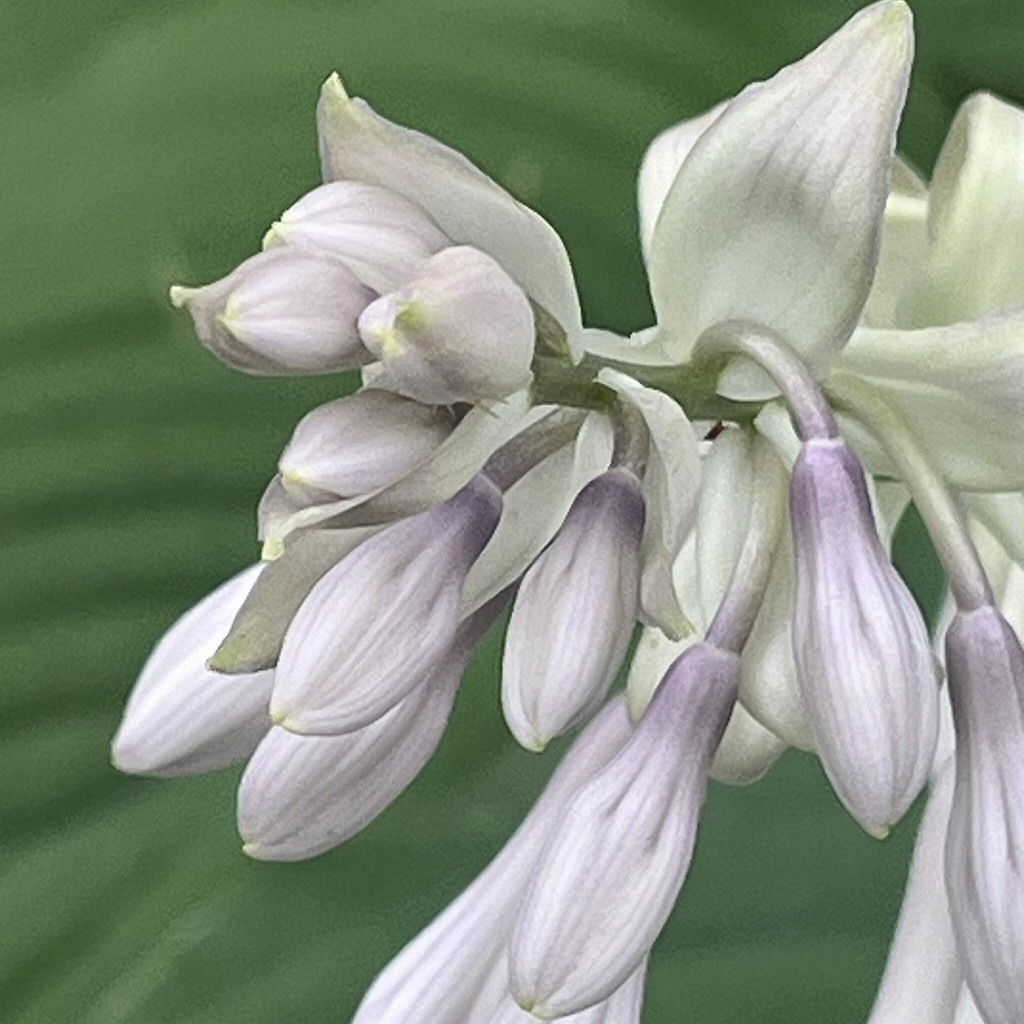
オオバギボウシの葉はハート形で根生。基部から先端まで葉脈が何本も走ります。葉の間から花茎が立ち上がり、次第に下垂。先端で花のような苞を解きながら、紡錘形の花蕾が連なります。花は釣鐘形で下を向いて咲き、花被が6裂、雄しべが6本。蒴果が熟して種子を散らします。
オオバギボウシの近縁
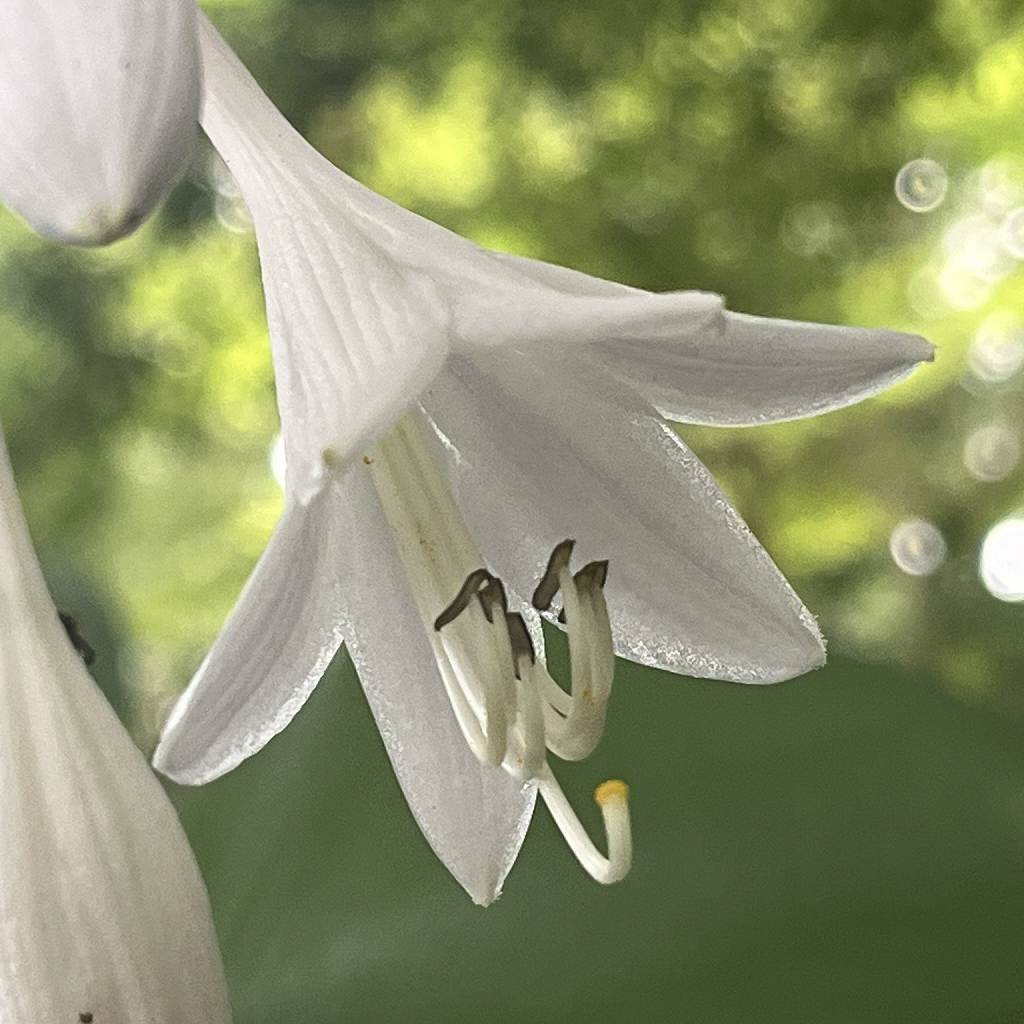
オオバギボウシの近縁種「小葉擬宝珠」は北海道から本州、四国、九州まで分布。陽当たりがよく、湿ったところで自生しています。大葉擬宝珠に姿形が似ているものの、茎も葉も花も小ぶり。赤紫色の花や、斑入りの葉など、観賞用の品種に富む一方、食用されることはありません。
オオバギボウシの利用
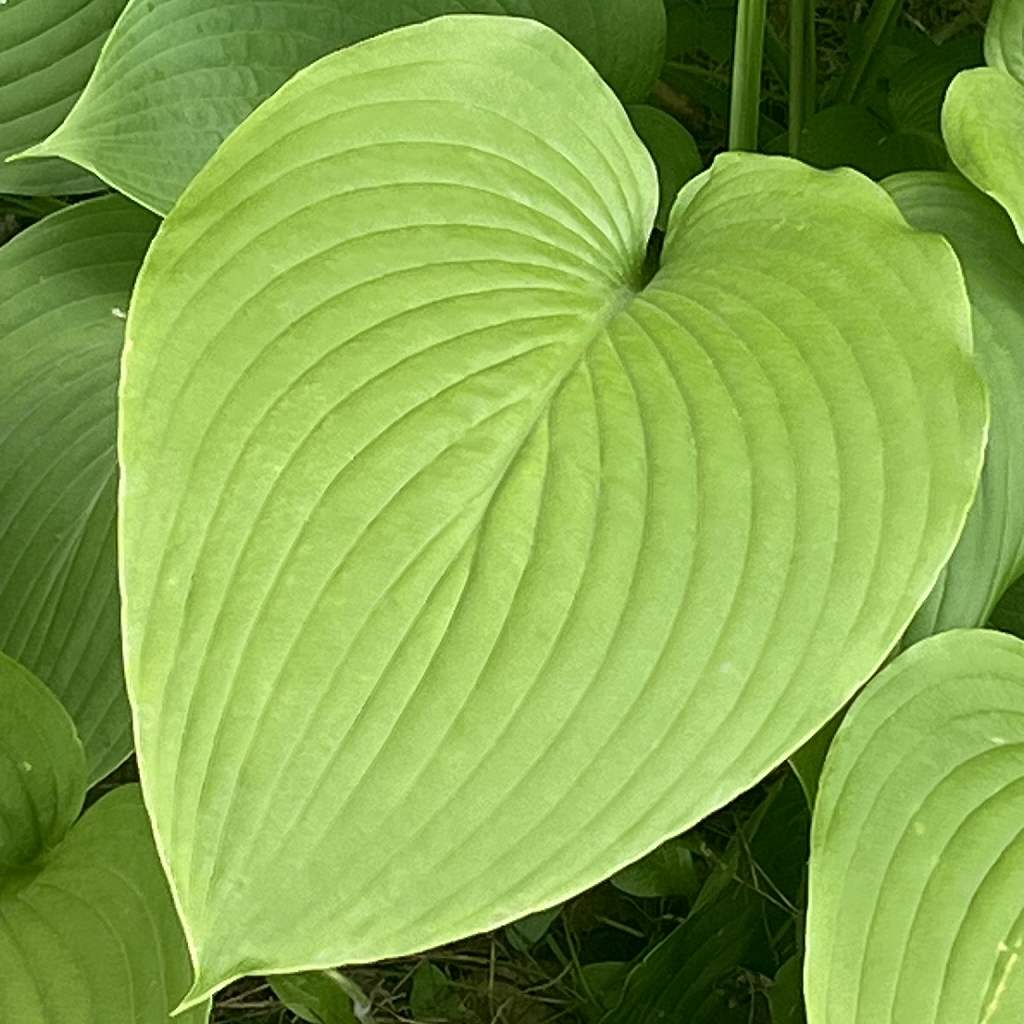
オオバギボウシは「うるい」とも呼ばれ、昔から食べられてきた山菜。若葉は灰汁が少なく、天ぷら、お浸し、和えもの、炒めもの、漬けものなどでいただきます。名前の由来は丸まった若葉が瓜の皮に似ているから。シャキシャキとしてヌメリがあり、甘味とともに苦味があります。
Hosta sieboldiana
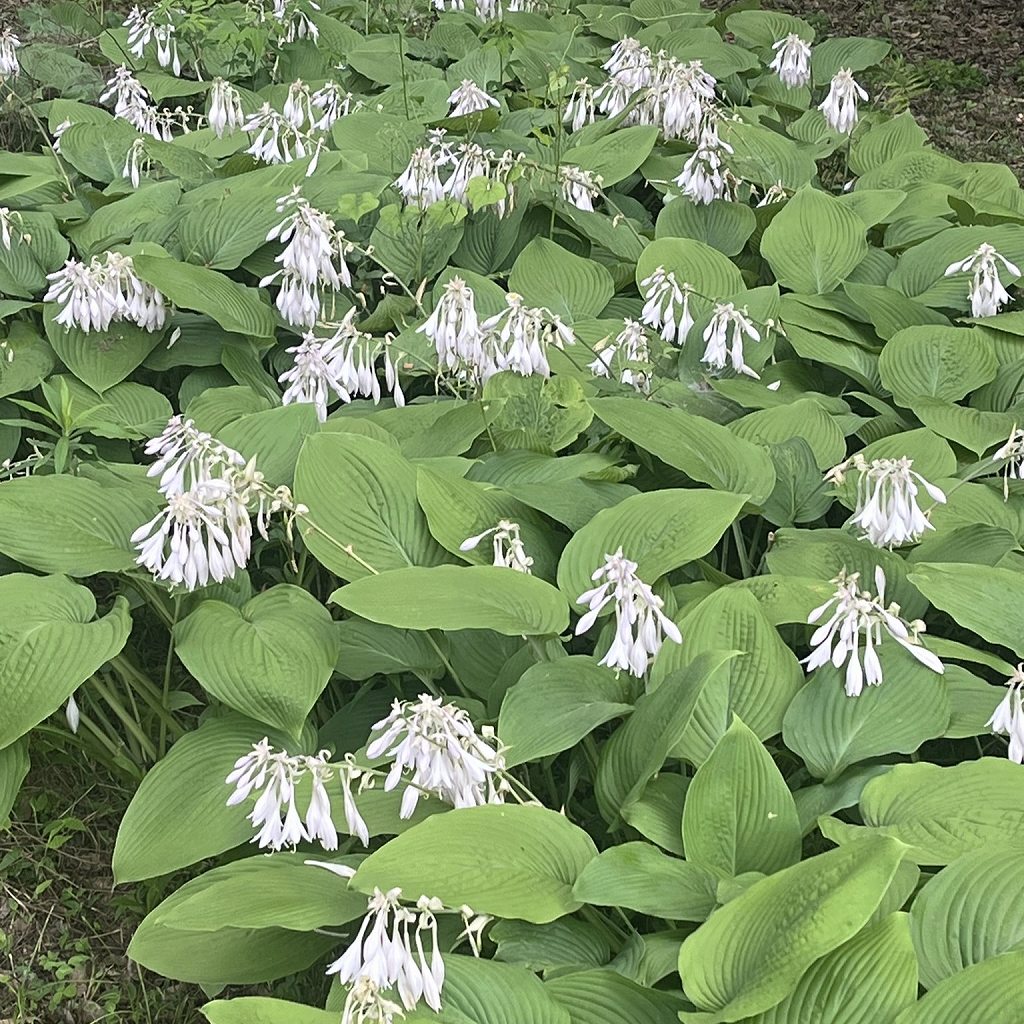
Hosta sieboldiana is a perennial plant of the Asparagaceae family. It is native to East Asia, and in Japan it is distributed from Hokkaido to the Chubu region of Honshu. It grows naturally in sunny spots in forests, and at the tip of the flower stalk, the flower-like bracts unfold, forming a series of spindle-shaped flower buds and bell-shaped flowers. The flower language is “quiet love”.
The Japanese name of Hosta sieboldiana means “Hosta with large leaves”. The Japanese name of Hosta means traditional decorative shape because the flower buds look similar. The Latin genus name Hosta is a tribute to the Croatian botanist Nicolaus Thomas Host. The specific name sieboldiana is a tribute to the German naturalist Philipp Franz Balthasar von Siebold. Both were physicians in the 18th and 19th centuries.
The leaves of Hosta sieboldiana are heart-shaped and grow on the roots. The leaves have many veins running from the base to the tip. The flower stalk rises between the leaves and gradually droops. At the tip of the flower stalk, the flower-like bracts unfold and spindle-shaped flower buds form in a row. The flowers are bell-shaped and bloom downward, with six lobes and six stamens. The capsules ripen and scatter seeds.
A closely related species of Hosta sieboldiana, “Hosta sieboldii,” is distributed from Hokkaido to Honshu, Shikoku, and Kyushu. It grows naturally in sunny, moist places. It looks similar to Hosta sieboldiana, but its stems, leaves, and flowers are smaller. It has many ornamental varieties with reddish purple flowers and variegated leaves, but is not edible.
Hosta sieboldiana is also a wild vegetable that has been eaten since ancient times. The young leaves have little bitterness and can be eaten as tempura, boiled in soy sauce, mixed with vegetables, stir-fried, or pickled. The Japanese name comes from the fact that the curled young leaves resemble the skin of a melon. They are crunchy and slimy, and have a sweet and bitter taste.


